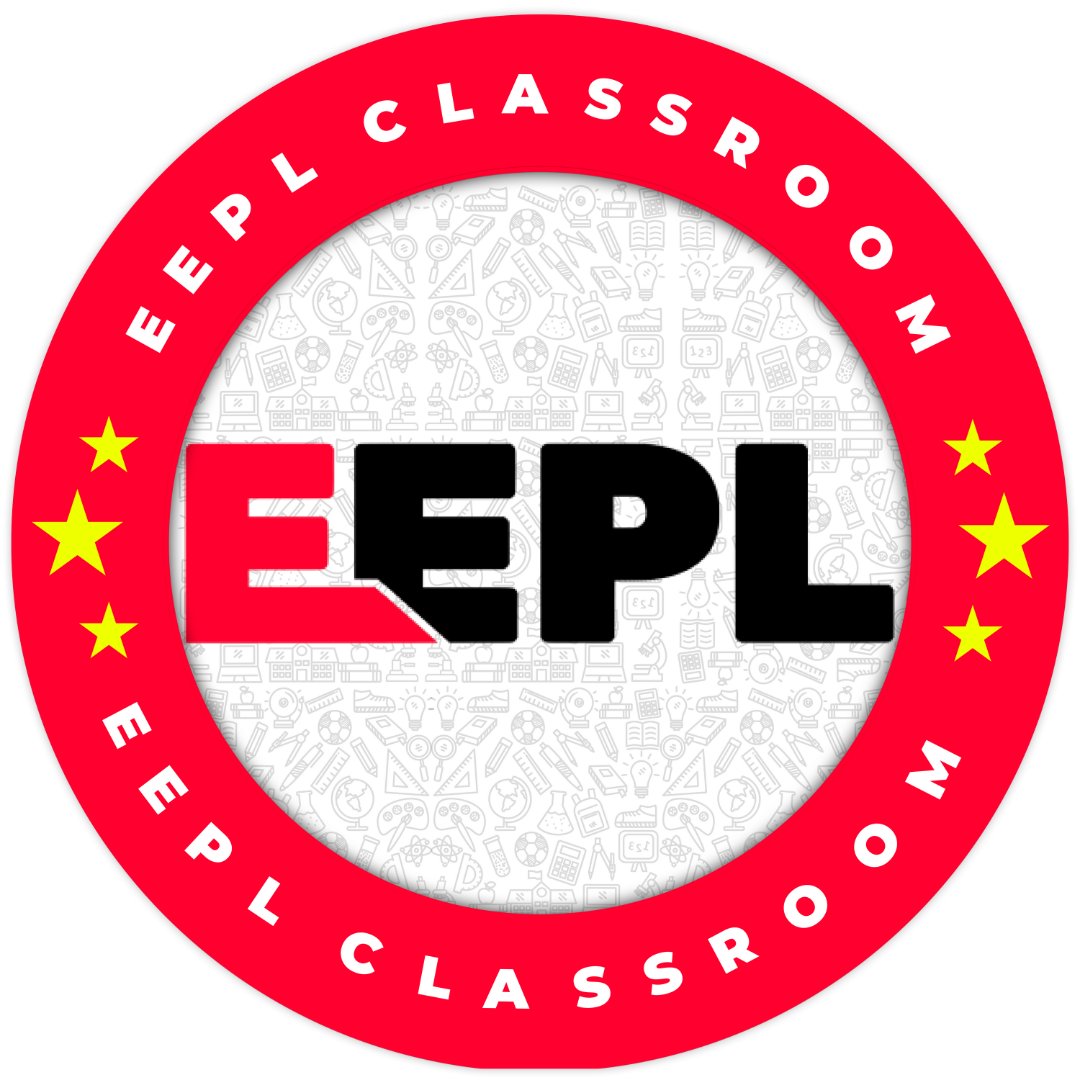Introduction
Oscillations and waves are fundamental concepts in physics that describe periodic motion and the transfer of energy through different mediums. Oscillations involve the repetitive motion of an object about a fixed equilibrium point, while waves are the propagation of these oscillations through space and time.
Oscillations
1. Definition
An oscillation is the back-and-forth motion of a particle or system about a mean position under the influence of restoring forces.
2. Examples
- Motion of a simple pendulum
- Vibration of a tuning fork
- Motion of a mass attached to a spring
3. Types of Oscillations
- Free Oscillations – Motion without external force, e.g., pendulum in vacuum.
- Damped Oscillations – Amplitude decreases with time due to energy loss (friction, resistance).
- Forced Oscillations – External periodic force drives the system.
- Resonance – When the driving frequency equals natural frequency, leading to maximum amplitude.
4. Simple Harmonic Motion (SHM)
- A special type of oscillation where restoring force is directly proportional to displacement and acts towards equilibrium.
- Equation of SHM:
x(t)=Asin(ωt+ϕ)x(t) = A \sin(\omega t + \phi)x(t)=Asin(ωt+ϕ)
where- AAA = amplitude,
- ω\omegaω = angular frequency,
- ϕ\phiϕ = phase constant.
- Time Period and Frequency:
T=2πω,f=1TT = \frac{2\pi}{\omega}, \quad f = \frac{1}{T}T=ω2π,f=T1
Waves
1. Definition
A wave is the disturbance that transfers energy from one point to another without the actual transfer of matter.
2. Types of Waves
- Mechanical Waves – Require a medium (sound waves, water waves).
- Transverse waves: Particles vibrate perpendicular to wave direction (e.g., light waves on string).
- Longitudinal waves: Particles vibrate parallel to wave direction (e.g., sound waves).
- Electromagnetic Waves – Do not need a medium; can travel in vacuum (e.g., light, radio waves).
- Matter Waves – Associated with particles in quantum mechanics (de Broglie waves).
- 3. Characteristics of Waves
- Wavelength (λ\lambdaλ) – Distance between two consecutive crests/troughs.
- Frequency (f) – Number of oscillations per second.
- Velocity (v) – Speed at which wave propagates, given by: v=fλv = f \lambdav=fλ
- Amplitude (A) – Maximum displacement of particles.
- Phase – Represents the state of motion at any instant.
4. Wave Equation
For a sinusoidal wave: y(x,t)=Asin(kx−ωt+ϕ)y(x,t) = A \sin(kx – \omega t + \phi)y(x,t)=Asin(kx−ωt+ϕ)
where
- k=2πλk = \frac{2\pi}{\lambda}k=λ2π (wave number),
- ω=2πf\omega = 2\pi fω=2πf (angular frequency).
Relation Between Oscillations and Waves
- Oscillations are the basis of waves.
- A wave can be seen as a collection of oscillations propagating through space.
- Example: Sound is produced due to oscillations of air molecules and propagates as a longitudinal wave.
Applications
- Musical instruments work on resonance and wave principles.
- Earthquake study (seismic waves).
- Communication systems (radio, mobile signals use electromagnetic waves).
- Medical uses like ultrasound imaging.
✅ Conclusion:
Oscillations and waves are essential to understanding natural phenomena and modern technology. While oscillations describe the periodic motion of particles, waves explain how this motion spreads energy across space. Together, they form the foundation of acoustics, optics, and quantum physics.
For More Information and Updates, Connect With Us*
- Name: Survi
- Phone Number: +91-7488713635
- Email ID: survi@eepl.me
- Our Platforms:
- Digilearn Cloud
- EEPL Test
- Live Emancipation
- Follow Us on Social Media:
- Instagram – EEPL Classroom
- Facebook – EEPL Classroom
- https://eepl.me/blogs/
Stay connected and keep learning with EEPL Classroom!









